Between Science’s Secretive, Elitist Past and Open, Accessible Future
Editor’s note: Read Hilda’s October 26, 2016 @redditscience conversation on Open Access in Action here plos.io/OAweek16AMA
An old tradition and a new technology have converged to make possible an unprecedented public good. The old tradition is the willingness of scientists and scholars to publish the fruits of their research in scholarly journals without payment, for the sake of inquiry and knowledge. The new technology is the internet. (Budapest Open Access Initiative, 2002)
I didn’t come to a career in science by the usual university route. I was a community activist and part-time citizen scientist, although people didn’t use that term in the 80s. And the words “open” and “access” have always had far broader meanings to me than the right to consume scientific literature, as powerful as that can be.
The push for open access to science publications is to me one of several forces pushing towards open, accessible science. The internet is definitely a supercharger. But there are pressures in the other direction, too. For example, the growing expectation that one of “the fruits” even of academic research should be patents threatens a full-on “tragedy of the anticommons”, as even materials scientists need are increasingly patented.
Jonas Salk not seeking a patent for the polio vaccine back in the 50s is often put up as a model of old-time science idealism, although the reality might have been a little more complicated than that. A clearer example is the 1972 National Institutes of Health (NIH) decision not to patent the pioneering technique that led to home pregnancy tests. A few years later, the Bayh-Dole Act would explicitly incentivize and frame science as a driver of the economy, not “just” the public good.
Still, open, accessible science is likely to be – and should be – a large part of our future. Here are half a dozen aspects that I think are critical for the both the scientific and general community.
1. Open access publication
Access to scientific literature has always been prohibitively expensive. It’s a barrier to the good that science can do for practical reasons, inside and outside the community of scholars. Getting over the cost problem of scientific information needed by medical practitioners, for example, was a challenge taken on by Andrew Duncan in England and Christian Gottlieb Ludwig in Germany in the 18th century, and it was part of the impetus for journal clubs in science too.
Now we have a lot of information that is free – including publications in free “predatory” or pseudo-journals. There is a lot more chaff than wheat, right across the publishing spectrum. We can’t afford for reliable studies to be hard to get, when there is so much low-hanging fruit that is less-than-reliable.
Making science publications accessible is critical to the general public, too. I’ve pegged the 1890s as the time public interest in science’s output became a serious part of the everyday information landscape. Maybe it was even sooner: say, 50 years earlier, when there was enough interest for Scientific American to get off the ground.
Or maybe it was when The Origin of Species became a bestseller. That one underscores the importance of access to the underlying material not only when an issue is of direct personal need, but on issues of controversy too – like climate science. The “one-way, authoritative reign of science is over”, and we need as many well-informed people throughout our communities as possible in the information age. The future of the planet probably depends on it.
2. Accessible also means understandable
Jargon is essential and inevitable in science communication among peers, of course. But that doesn’t mean that scientists can’t make their work more accessible in a variety of ways without sacrificing precision. That includes communicating in social media and blogs.
It also means there is lots of need for scientists and science communicators to develop resources to help people grapple with the jargon and methods of a field – like specialist glossaries, teaching tools, and making sure the Wikipedia pages people are right and enhance people’s ability to tackle scientific literature.
Back in the 90s, I pushed – ultimately successfully – for a science journal I was involved with to develop a consumer synopsis of each publication [PDF]. One of the opposing arguments was that the professional audience would understand, and that was all that mattered. But I don’t even think we can even be sure of that!
Science is increasingly interdisciplinary. That will be reflected in a diverse audience, too. It’s another big step away from science’s past. Science publishing used to be very individualistic. It wasn’t until 1870 that the first co-authored paper appeared! And it took till the postwar science boom for co-authorship to become more common than not. I don’t think we’ve caught up with the implications of that yet.
3. Open data
A few years ago, a meta-analysis was published that made me groan. A meta-analysis analyzes multiple sets of data. This one could have, I think, included the most important data I collected when I was a citizen scientist. The authors had found a paper we published (they cited it), but the data were not in a form they could use.
Even if they had tried to contact me for the data, the email address on my paper is long extinct – and the data is on a floppy disc. This makes me a living example of the problem shown by Timothy Vines and colleagues (2014): the availability of research – and scientists – declines quite dramatically over time.
Open data is the only answer to this problem. And we all need to become machine-friendly scientists so that our data can be easily found.
Open data leaves a door open for people to do work that doesn’t involve primary data collection – and that is a potentially important part of opening access to wider science participation.
4. Opening access to science practice and careers
We are still nowhere near as far away from science’s elite past as we need to be, if we want science to be the best it can be. Science was once largely a “gentleman’s” pursuit. That has been changing slowly, sped up by the postwar boom of science funding and university education. But social class is still a major decider of who participates in science and science-related activities [PDF].
Once inside, there is gender and race bias, and bias in favor of people associated with prestigious institutions and native speakers of English. The U.S. as a country is also a disproportionate advantage (for example, in getting an article accepted). And progress is very patchy.
For many types of research, its viability and/or quality will depend on a community – like patients, farmers, and tissue donors – or volunteers. It could depend on advocacy support. Getting better at being more participatory is in the future for many parts of science [PDF].
5. Opening peer review
A cloak of secrecy firmly surrounded the first science journal by the 18th century. A Committee of Fellows of the Royal Society would meet to consider candidate manuscripts for the journal [PDF]:
Strict rules were imposed at the Committee of Papers’ meetings: no discussion of papers; votes to be taken in secret. The Committee could vote to publish, postpone or reject a paper and could recommend alterations or cuts, or call in expert help to assess its merits. [The] minutes record their verdicts: they considered every paper read to the Society.
In the 90s, open peer review appeared, from just being open with names, through to peer review that was completely public, or open when an article was published. Seeing all the peer review associated with an article might be particularly important for people who aren’t experts in aspects of the research. Seeing more peer review might help us all develop our critical skills.
Yet open peer review is a subject that can raise antagonism, even among people who are firm advocates of openness in other areas.
I group the arguments against open peer review in 4 groups:
- fear of retribution for criticism (especially for junior or disadvantaged groups);
- lack of confidence (and not wanting to be exposed);
- lack of motivation (especially for post-publication peer review); and
- taking the time to get feedback to a standard people are willing to have affect their reputation.
We don’t really know how important those factors might be. Openness appears to have a small positive impact, if any effect, on the quality of pre-publication peer review, although it might deter some people from participating. Openness in peer review, before and after publication, is, I believe, critical for accountability: it can make conflicts of interest and journal/editor bias and lack of adequate action transparent.
6. Being scientific about open science
One of the main reasons our debates about open peer review get so heated is the lack of science about science publishing and the organization of science. Ironic, isn’t it?
Right now, we’re somewhere between science’s secretive, elitist past, and its open, accessible future. We have a lot of choices to make. We will do better if we bring our scientific skills to bear on them.
~~~~
On Wednesday 26 October, I will be participating in PLOS’ weekly Ask Me Anything at reddit Science, at 1pm US ET, on the subject of opening science to the community. Lenny Teytelman will be there too, talking about Protocols.io and open science.
See also:
Research Nirvana: The Generosity Edition
The cartoons are my own (CC-NC-ND-SA license). (More cartoons at Statistically Funny and on Tumblr.) I used my own image and Michael Fogelman’s open source iMeme to make the open data meme.
* The thoughts Hilda Bastian expresses here at Absolutely Maybe are personal, and do not necessarily reflect the views of the National Institutes of Health or the U.S. Department of Health and Human Services.

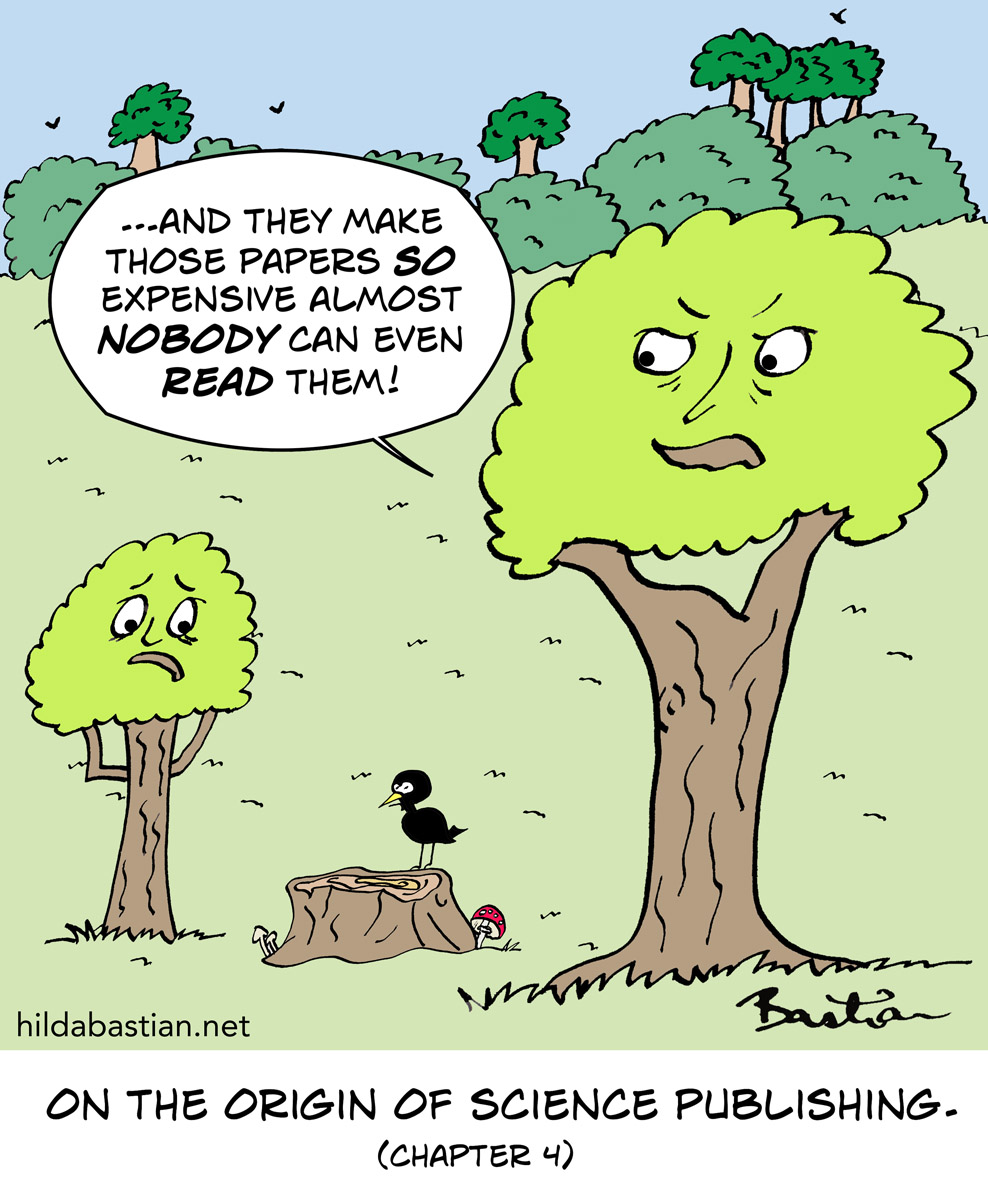

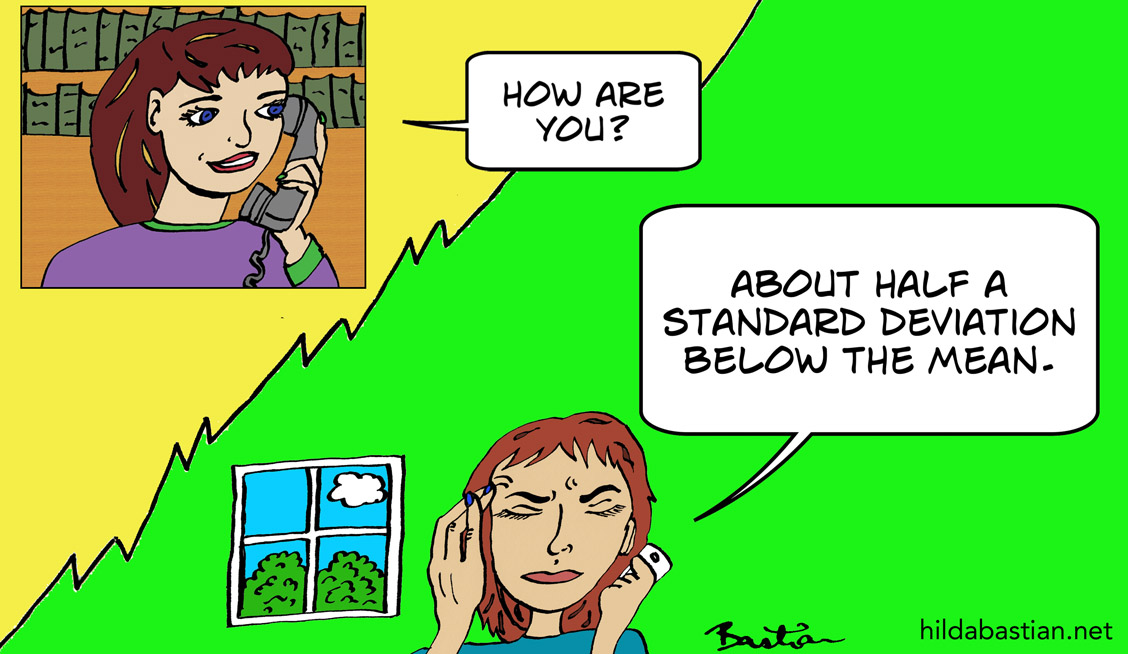
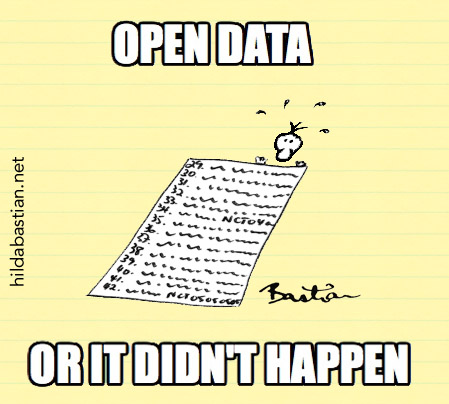
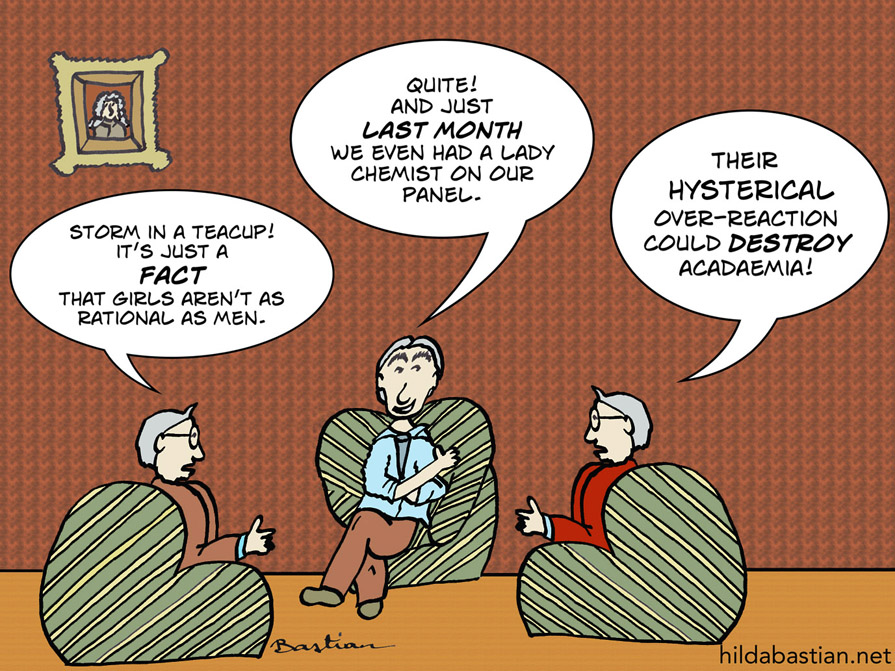
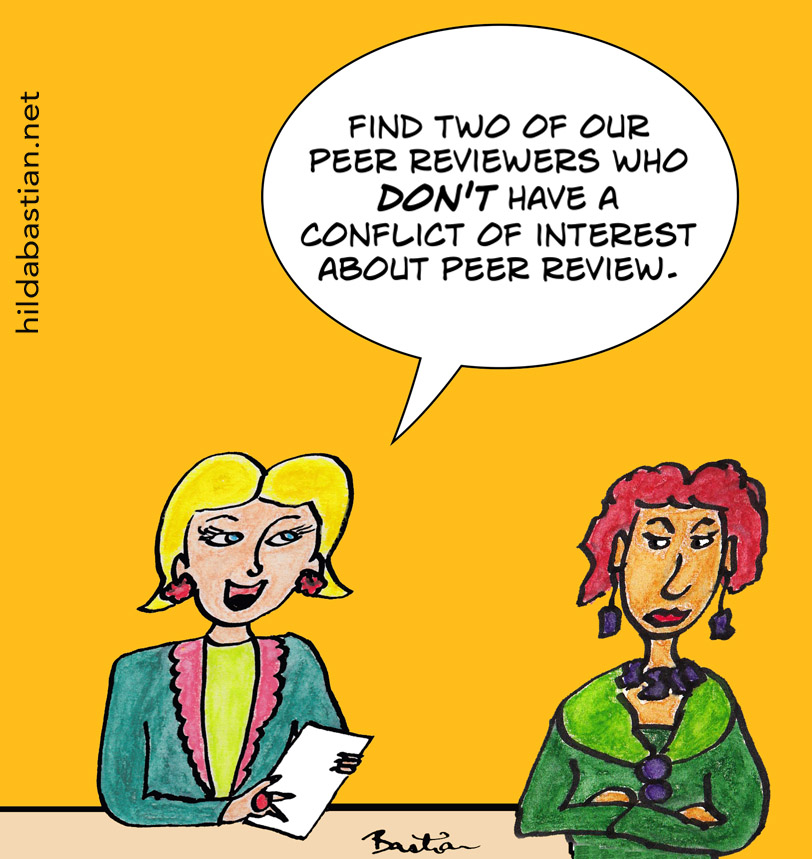
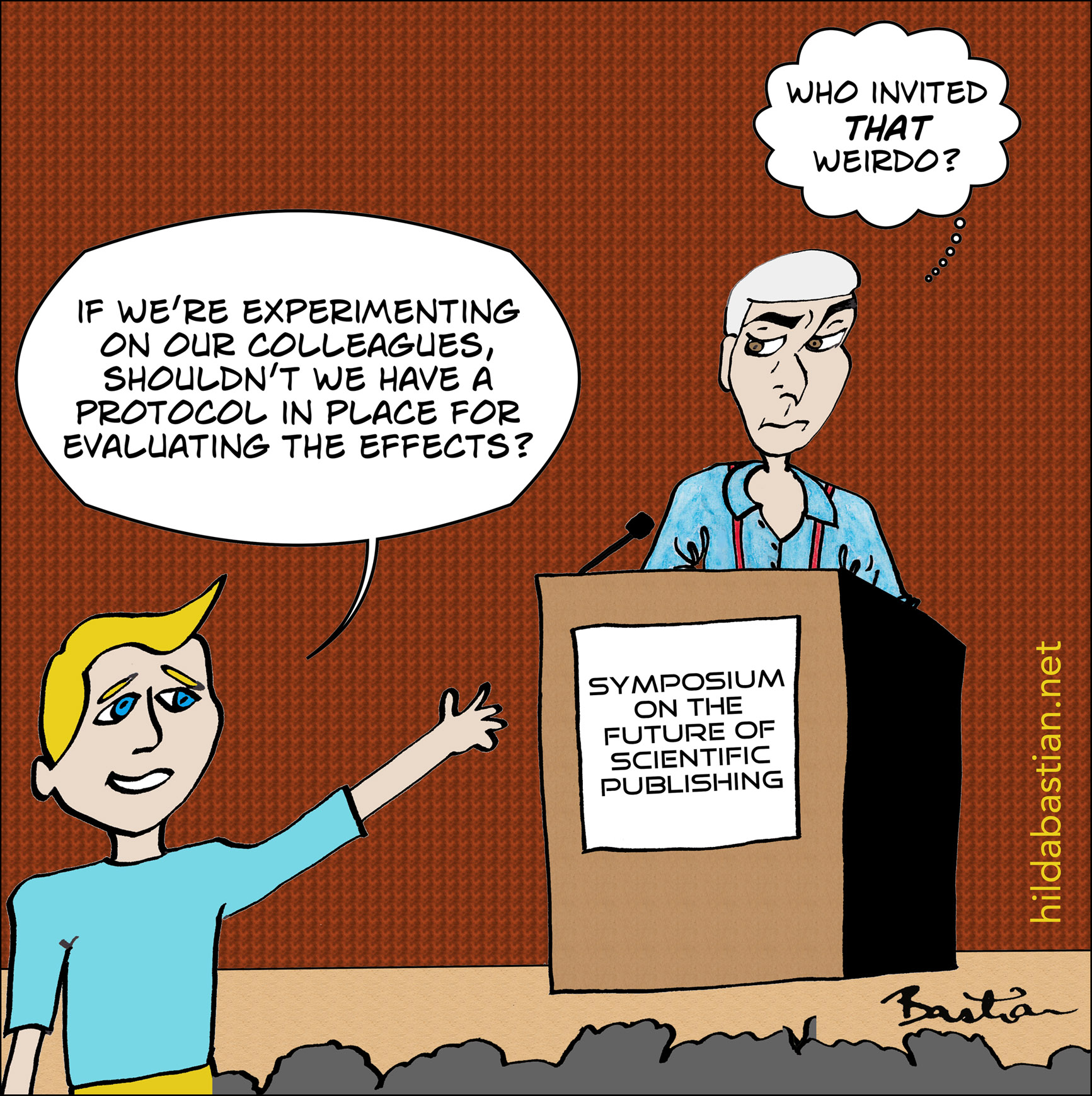
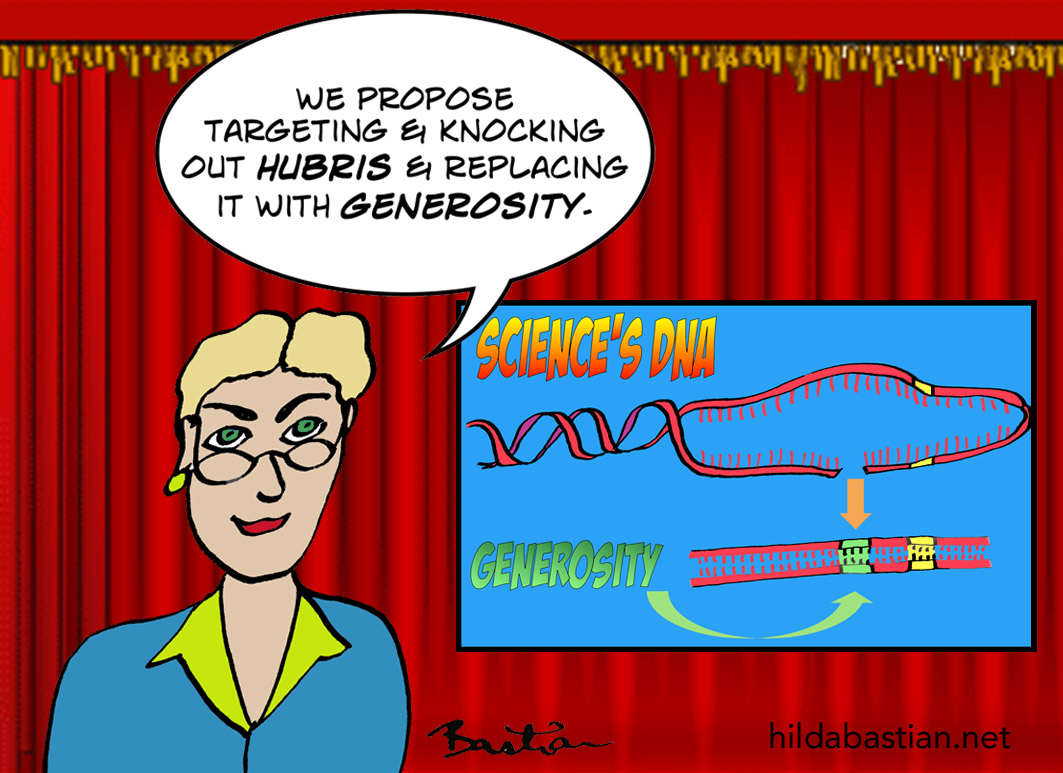
The “one-way, authoritative reign of science is over”, and we need as many well-informed people throughout our communities as possible in the information age. The future of the planet probably depends on it.
Agreed. See the open access publication of “Virus-mediated archaeal hecatomb in the deep seafloor” http://advances.sciencemag.org/content/2/10/e1600492.full
It links the hecatombic evolution of all pathology from archaea to Zika virus-damaged supercoiled DNA in human infants via the transgenerational epigenetic inheritance of the damage, which can be compared in the context of autophagy, which links polycombic ecological adaptation to all biodiversity via the nutrient energy-dependent physiology of reproduction.
The problems associated with open data when human subjects are involved are significant. Patients often do not consent (or would not, given the option) to have their data shared. http://journals.plos.org/plosone/article?id=10.1371/journal.pone.0125208
As for looking at the science behind openness, look at the work being done by PEERE, and Flaminio Squazzoni.